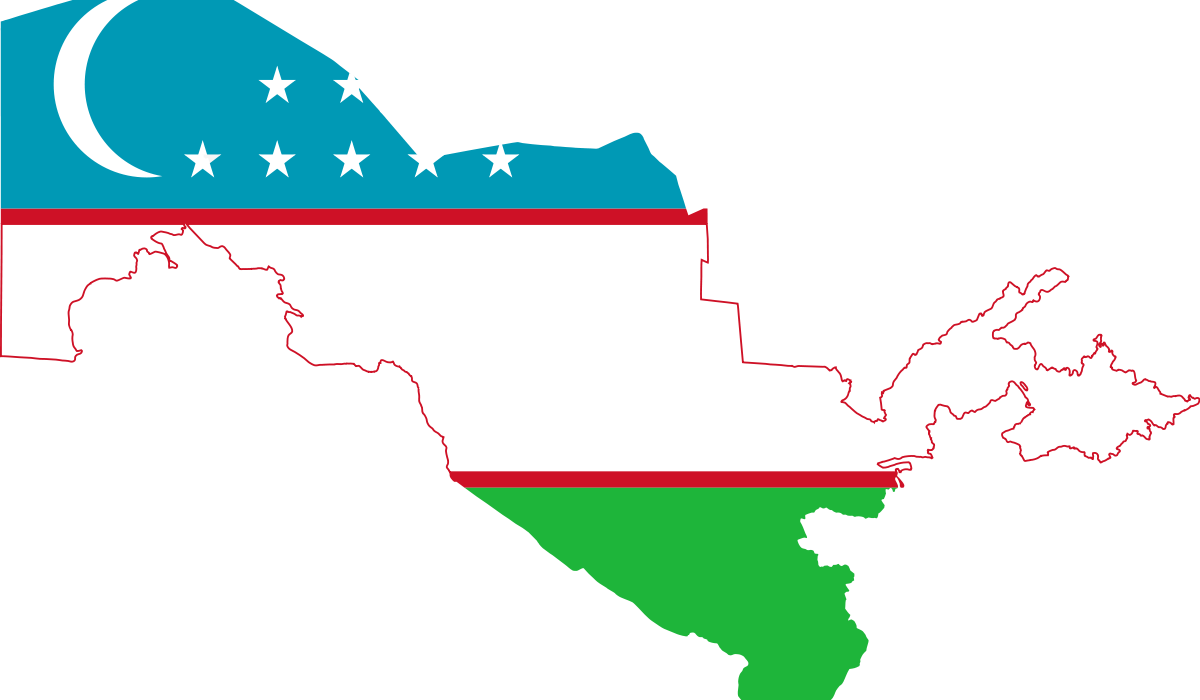On September 17, the III International forum “From poverty to prosperity” started in the city of Namangan. President of Uzbekistan Shavkat Mirziyoyev addressed the opening ceremony.
The president said that the fight against poverty has been lifted to the ranks of state policy in Uzbekistan. Thanks to the consistent reforms 7.5 million people have been lifted out of poverty, and its level has been decreased to 8.9% in 2024. The objective is to reduce this indicator to 6% by the end of this year.
The twofold growth of the economy played a significant role; per capita income is expected to reach $3,500 by the end of the year.
To increase the income of rural residents, the area under cotton and grain cultivation has been reduced by 235 thousand hectares, and citizens have been allocated plots of 30-50 acres. This has been an important step towards increasing the income of 800 thousand people.
“Thanks to these large-scale efforts, Uzbekistan is striving to fulfill its commitment ahead of schedule – to halve poverty by 2030. Moreover, today we are ready to set an even higher bar: by 2030, according to international criteria, Uzbekistan has every opportunity to completely eradicate absolute poverty – and we will definitely achieve this,” emphasized the President.
A program “From poverty to prosperity” is being implemented, consisting of seven priorities.
First, it is not just about employment at any cost, but about creating sustainable sources of income. In 2024, by attracting $35 billion in investment, over 9 thousand new businesses were opened and around 300 thousand high-paying jobs were created. This year alone, more than 270 thousand members of low-income families have found permanent jobs.
Second, quality education is the main driver of poverty reduction in the long term. Children from low-income families will be fully covered by preschool education; 80 percent of their expenses for learning foreign languages and obtaining a profession will be compensated. Over the past five years, more than 800 thousand people have been trained in modern professions and employed in high-paying jobs.
Third, expanding women’s participation in public life. Female students are provided with interest-free loans for education, and opportunities for free master’s degree programs are being created. Today, 53 percent of all students are women; this year alone, 1.7 million women have found employment. In 2024, $1.5 billion will be allocated to support women’s entrepreneurship; in 2025, it is planned to provide a steady income for another 2 million women. As part of the “Daughters of the digital generation” program, 50 thousand girls will receive training in IT, fintech and artificial intelligence.
Fourth. Health care as the basis for unlocking human potential. Doctors are assigned to low-income families, and comprehensive annual examinations are conducted. The scope of guaranteed medical care will be expanded, and the cost of medical services for such families will be halved through free medicines and guaranteed care packages.
Fifth. Targeted social protection. The system has been completely reformatted: a National agency for social protection has been created, Inson centers have been opened in all cities and districts, providing over 100 types of social services on a “one-stop shop” basis.
Sixth. Infrastructure as the key to reducing multidimensional poverty. Large-scale projects are underway in 1 thousand mahallas with difficult conditions, where about 3.5 million people reside. In 2025, an additional $400 million will be allocated to improve infrastructure in mahallas, create jobs and support entrepreneurship. For low-income families, $200 million in mortgage subsidies are provided annually.
Seventh. More than 70 percent of government spending is directed toward achieving the Sustainable Development Goals. There is a need for a “new financial architecture for poverty reduction” — with objective risk assessment, resource mobilization and increased efficiency. In this regard, a conference involving international financial institutions, donor organizations and partner countries will be held in Khiva in 2026.



